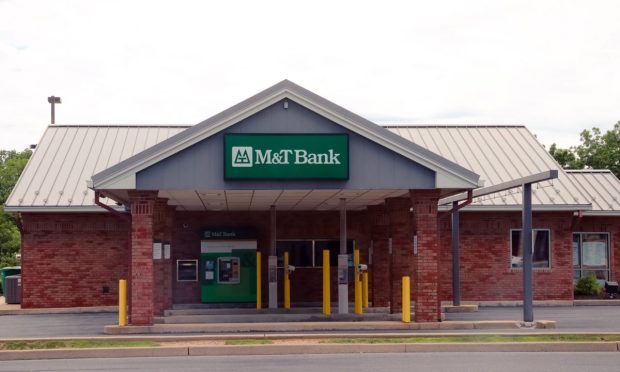Small Banks Hike Interest Rates as Depositors Flee

This week will be a momentous one for the country’s small and midsized banks.
A number of these financial institutions are set to report earnings in the days ahead, thus showing the fuller impact of the outflow of deposits during the recent banking crisis, a Sunday (April 16) Wall Street Journal (WSJ) report noted.
“It’s maybe the most critical, sensitive quarter they’re ever going to report in,” Mike Brauneis, managing director at consulting firm Protiviti, told the WSJ.
Among the banks set to report their earnings are M&T Bank, Citizens Financial Group and U.S. Bancorp, the report said.
When Silicon Valley Bank and Signature Bank failed last month, customers fled other small and medium-sized banks, moving their money to bigger banks and money market funds.
As the WSJ noted, this is likely to lead many of the smaller banks to raise interest rates they are paying to prevent shedding more customers.
Some banks have already done so, the report said, with the largest increases coming from lenders with a large number of deposits that are greater than the Federal Deposit Insurance Corp.’s $250,000 cap or whose clients are concentrated in a few industries.
For example, California’s PacWest, which has a lot of startup customers, has recently offered as much as 5.5% for a shorter-term CD.
Banks seem to be trying to “get ahead of any potential situation” and “make sure they have the liquidity if difficulty should arise,” said Ken Tumin, founder and editor of DepositAccounts.com. “Things have started to change over the past month.”
As PYMNTS wrote earlier this month, smaller banks and credit unions don’t have the power to shift national sentiment, which puts them at the mercy of the market at large.
Fortunately for smaller sector players, consumers are not shy about what they want — and they have shown an increased interest in digital innovations offered by their primary financial institution (FI), as noted in the PYMNTS collaboration with PSCU, “Credit Union Innovation: The Race to Meet Customer Demand.”
As that report said, customers of both credit union members and non-credit unions say they want similar features at near-identical rates from their primary FIs, such as personal finance analytics and data security innovations.
Going into even greater detail, consumers interviewed for the PYMNTS collaboration with Amount, “Bundled Banking Products,” discussed the features that make them switch FIs.
“While the specific focus here is on digital banks, one could extrapolate that there may have been similar results for any FI offering similar innovations,” PYMNTS wrote.

